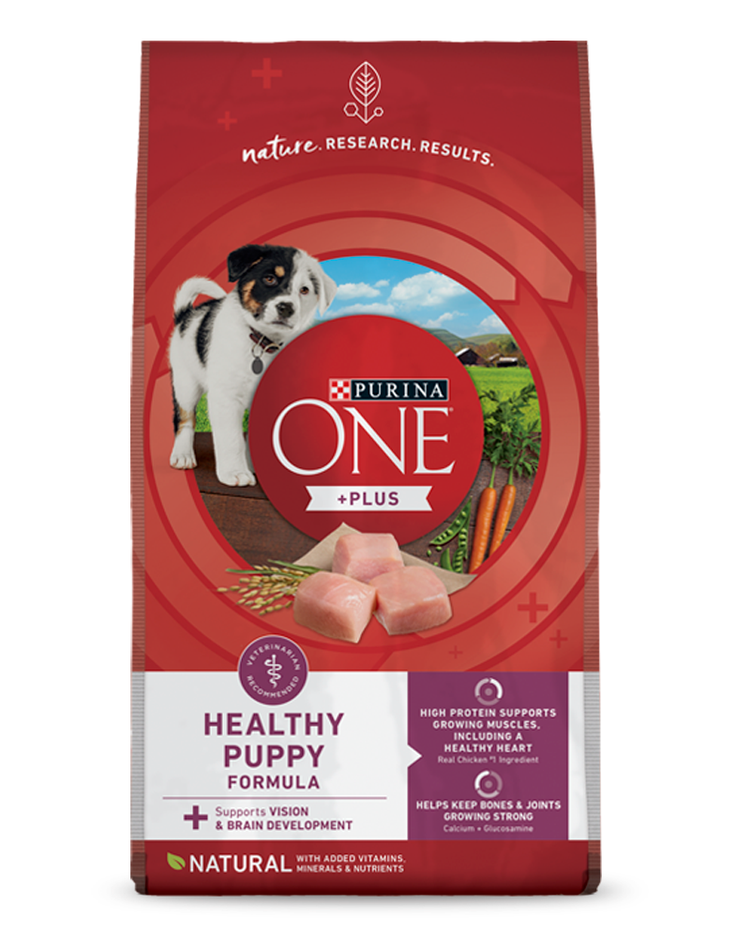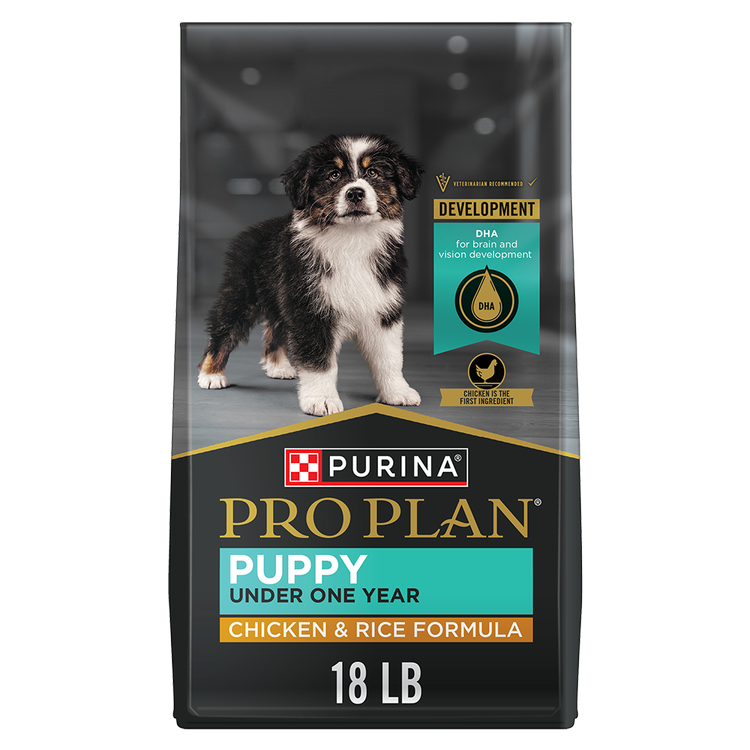How to Groom a Puppy at Home: Step-By-Step Instructions


Knowing how to groom a puppy is an important skill for dog owners. While young dogs learn some hygiene practices from their mothers (and may start to clean themselves instinctively), they’re limited in what they can do.
Despite their best efforts, puppies (and adult dogs for that matter) need help with hygiene. Whether it’s brushing, bathing or cutting their nails, grooming your puppy at home ensures your pet stays clean and healthy.
Read on for a step-by-step guide to puppy grooming. You’ll also learn how often to groom and know when to seek assistance from a professional groomer.
Benefits of Grooming a Puppy
Grooming is an important tool in promoting your puppy’s well-being. Benefits include:
- Improved appearance
- Healthier skin and coat
- Disease prevention (skin and teeth inspections help you catch problems early)
- Bonding between you and your canine companion
When Can a Puppy Get Groomed for the First Time?
Generally, it’s a good idea to start grooming your puppy at home early in their development. This helps them get comfortable with the routine and hopefully reduces or eliminates anxiety as they age.
Keep the grooming sessions short, though. As with young children, it may be hard for your puppy to stay still for long periods of time.
If you want the first grooming of your puppy to be done by a professional, wait until they receive their vaccinations.
Preparing to Groom Your Puppy at Home
When it comes to grooming your puppy, start slow. Similar to how you might groom a dog who’s older for the first time, gradually introduce them to the activity.
For example, for brushing, simply show them the brush before doing anything else. Let them sniff and explore it while providing praise before you start combing their fur.
For other activities that are more involved (e.g., bathing), organize your grooming tools before you start. Organization keeps the process efficient and may help provide a sense of calm for your pet.
What Puppy Grooming Tools Do You Need?
Having the right tools will make grooming your puppy easier and more effective. Here are some options to consider:
- Brush
- Puppy-safe shampoo and conditioner
- Towels and a slip-proof mat for the bath
- Puppy toothbrush and toothpaste
- Nail trimmers
- Styptic powder (in case you have to treat a bleeding nail)
- Dog treats, pets and praise
How to Groom a Puppy, Step-By-Step
Not sure how to groom a puppy? Follow these steps to make the process as simple as possible.
1. Make Your Puppy Comfortable
Remember, try to eliminate any stress during grooming. Choose a time when your pet seems calm and offer praise and treats throughout the process. If they seem overly anxious, end the grooming session and try again later.
2. Brush Your Puppy’s Hair
Regularly brushing your puppy is important, especially for medium- to long-haired breeds. This helps prevent mats, removes dirt and debris, and manages shedding.
If you’re brushing as part of a more complete grooming session, it’s a good activity to start with as combing your puppy’s hair prepares their coat for bathing. Additionally, it can be a stress-free and even enjoyable activity for them.
If you’re wondering how to brush a puppy, take your preferred brush and gently move it across their fur from head to toe. Generally, combing should be done in the direction of hair growth. Use enough pressure to remove dirt and mats but be careful not to push too hard.
3. Bathe Your Puppy
If you’re curious about how to bathe a puppy, note that it may be unsafe to wash them before eight weeks of age.
When they’re ready for their first bath, find a good space such as a sink. After brushing them, gently scrub them with puppy-appropriate shampoo and follow up with a thorough rinse.
If you’re wondering how often to bathe your puppy, a cadence of once per month is probably fine, depending on breed and individual circumstances.
4. Trim Your Puppy’s Nails
Cutting puppy nails may seem like a daunting task. It’s true you need to be careful about avoiding the quick, which is the vein that runs halfway through the nail (with lighter nails, the quick may be noticeable as a light pink area down the center of the nail). Note that if you do accidentally cut the quick, apply styptic powder to stop the bleeding.
Additionally, puppies who walk regularly on hard surfaces such as sidewalks may not need to have their nails trimmed.
You can cut your puppy’s nails for the first time after they’ve been weaned from their mother or after you’ve brought them home. But first, get them used to having their paws, toes and nails handled. Be sure to provide praise and a few small treats while you do this, so it becomes related to a positive experience for them.
If you want to know how to cut puppy nails, it can be a fairly straightforward task.
Start by firmly holding a nail between your fingers. Using clippers designed for dogs, trim off a small amount from the tip of the nail. Offer lots of praise and treats to keep your puppy happy and calm. Repeat until all nails are trimmed.
If your dog gets particularly anxious, you may need to cut their nails across multiple sessions.
5. Brush Your Puppy’s Teeth
At around six months of age, you can begin brushing your puppy’s teeth. This helps promote dental health and prevents painful disease.
Like other grooming activities, take a gentle approach to cleaning dog teeth. Rub your fingers around their mouth and let them sample the puppy-appropriate toothpaste. Then gradually begin using a dog toothbrush to clean each tooth.
What’s the Best Puppy Grooming Brush for My Pet?
There are a variety of puppy grooming brushes available. Many are tailored to coat length.
For example, a slicker brush, which has numerous wire pins, may be a good choice for medium- to long-hair breeds. They’re designed for dematting and removing loose undercoats.
For short-haired breeds or puppies with longer, smooth coats, bristle brushes may be a good choice.
If you have any questions, talk to your veterinarian or a professional groomer about which brush is best for your pet.
How Often Should You Groom a Puppy?
How often you groom a puppy depends on the particular grooming activity.
Brushing your puppy can be done every couple of days. Bathing, on the other hand, is usually only required once per month (doing it more frequently can be bad for your dog’s coat).
If nail trimming is required, aim for a cadence of once every couple weeks. Ideally, try to brush your puppy’s teeth every day to prevent plaque buildup and dental disease.
When to Take Your Puppy to a Dog Groomer
If you’re not comfortable with grooming your puppy at home or simply don’t have time for it, take them to a dog groomer.
Professionals have the necessary tools and know-how to address the needs of short-, medium- and long-hair breeds. Just make sure your puppy is fully vaccinated.
For more expert tips on caring for your young dog, explore our other puppy health articles.

Be Rewarded for Your Purina Purchases
Earn and redeem points for Purina products with myPurina app.






